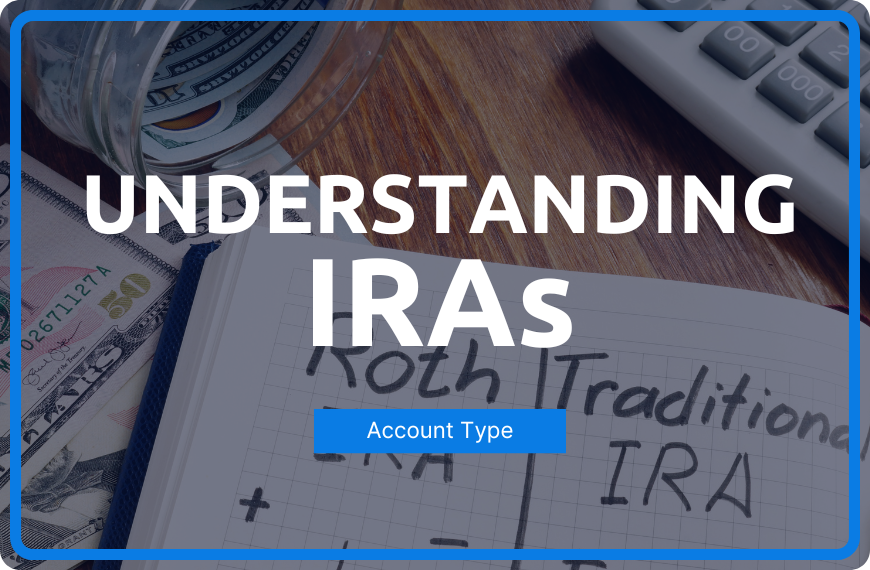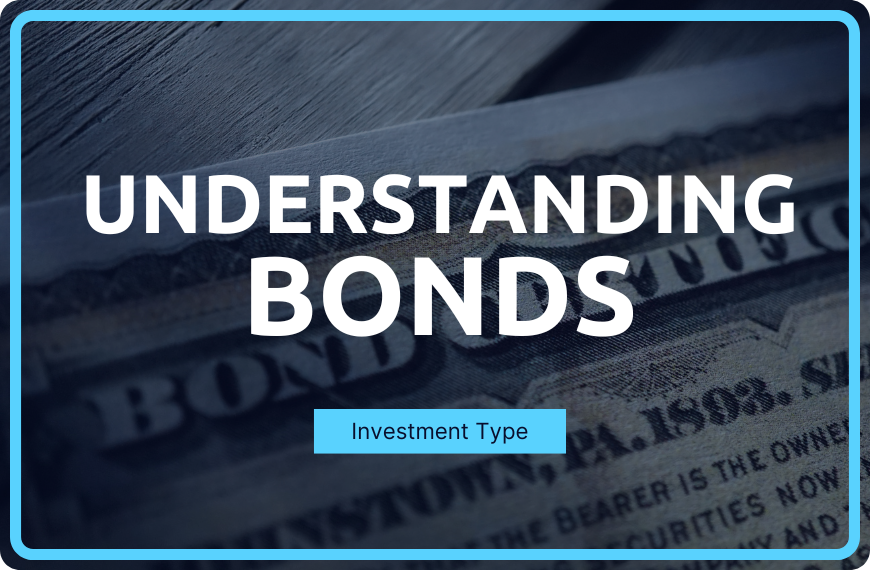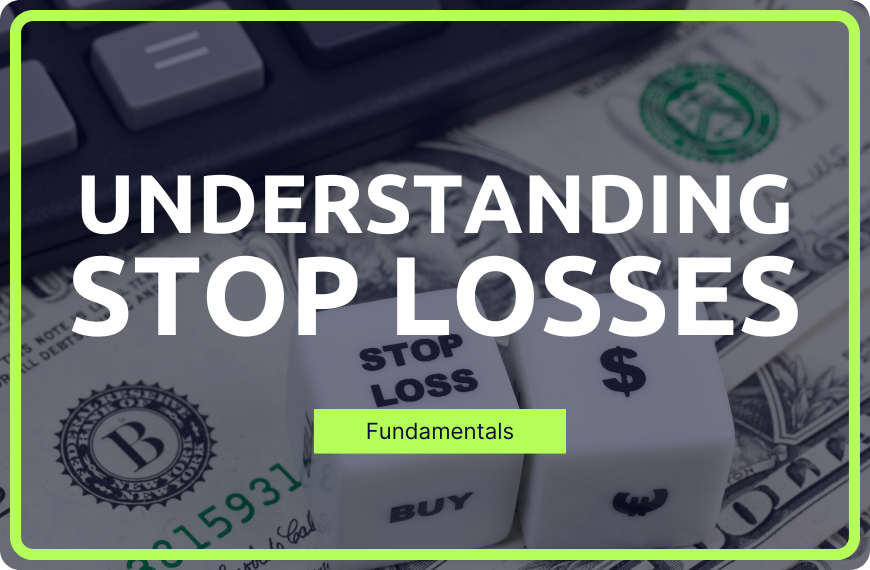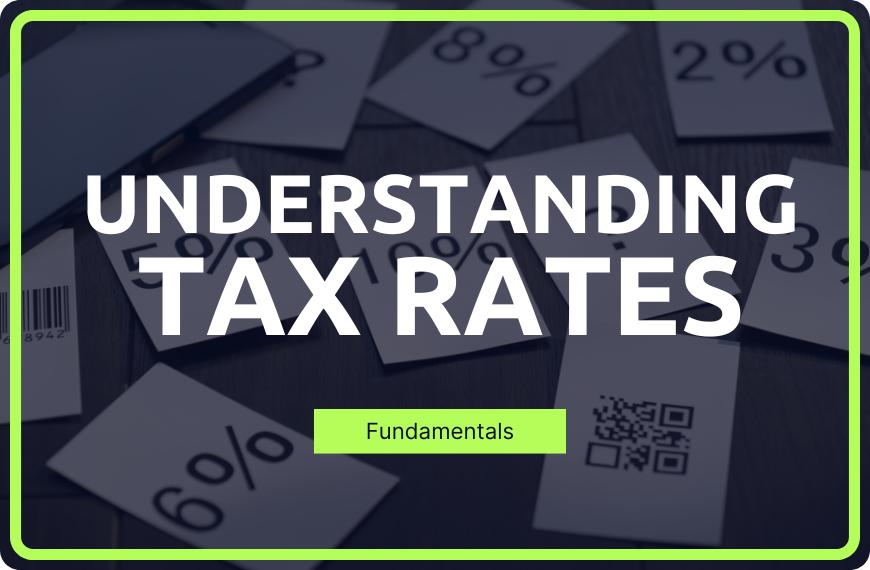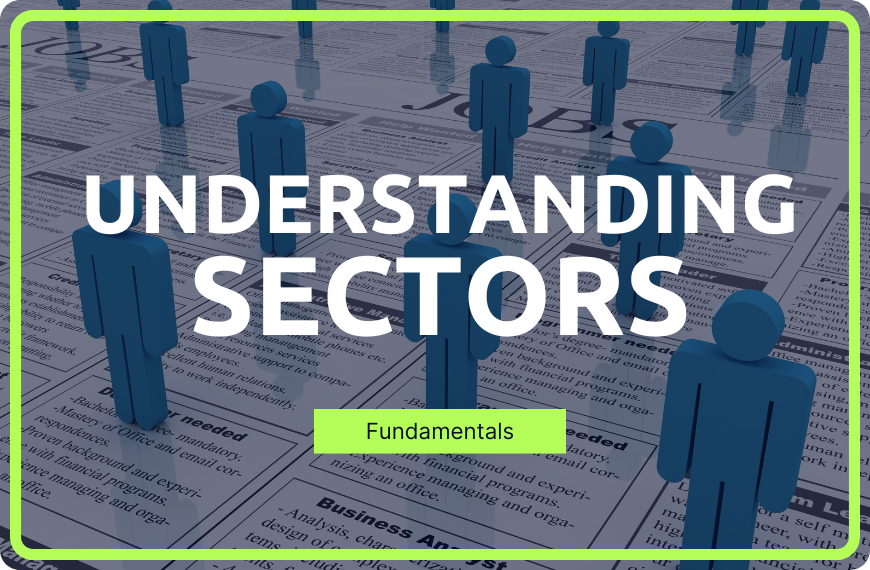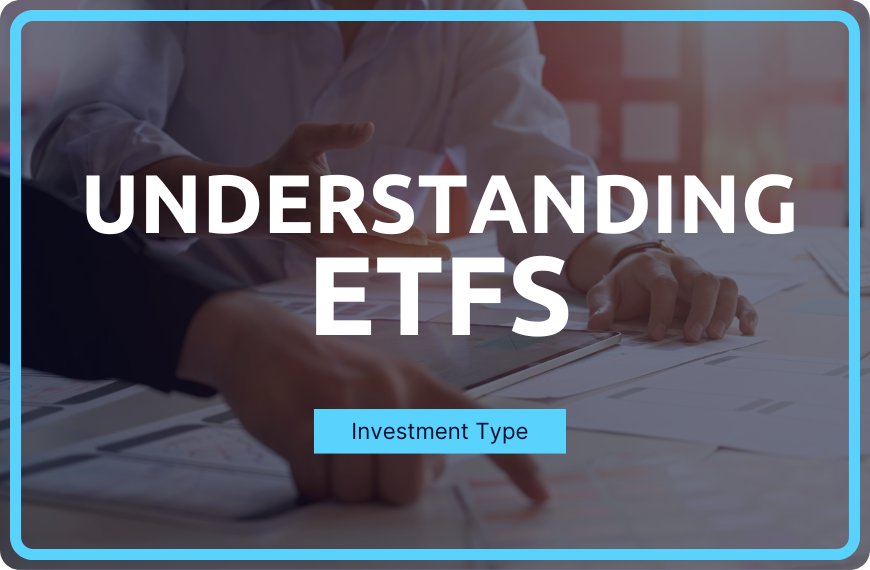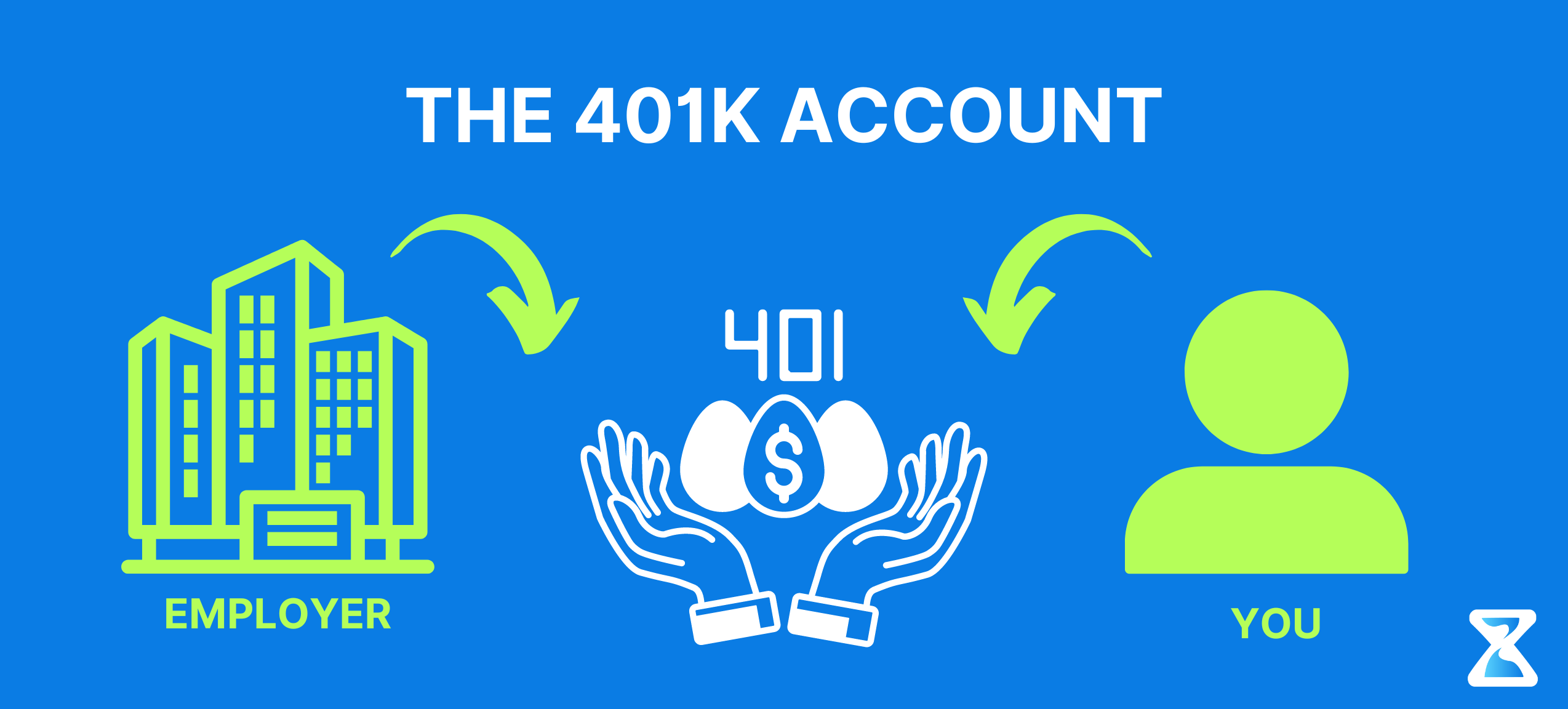
What is a 401K?
The term "401(k)" might seem like just a number, but it's a vital part of securing your financial future in the U.S. This unique savings tool, enshrined in the U.S. Internal Revenue Code, is the first step in a journey toward a robust retirement plan. It's not merely about saving a portion of your paycheck; it's an investment in your future happiness and security. With options like employer matching, it's like making a pact with your future self to ensure a stable and enjoyable retirement.
Key Elements of 401k
- 401(k) plans are employer-sponsored retirement savings accounts.
- Employees can contribute a part of their income, and employers may match these contributions.
- There are two primary types of 401(k) plans: Traditional and Roth, each with unique tax treatments.
- Traditional 401(k) plans allow pre-tax contributions, reducing taxable income, but withdrawals are taxed.
- Roth 401(k) plans involve after-tax contributions with tax-free withdrawals.
- Both types can receive employer contributions.
Type of 401Ks
The decision between a Traditional or Roth 401(k) hinges on your current financial situation and your expectations for the future. Whether you're seeking immediate tax relief or anticipating a higher tax rate in retirement, there's a 401(k) strategy that aligns with your goals.
- Traditional 401(k)s: Your contributions lower your taxable income today, deferring taxes until the golden years of retirement.
- Roth 401(k)s: These are the mavericks of retirement savings, trading immediate tax relief for a tax-free future.
Strategies & Considerations
- Employer Matching: An invaluable benefit, this is akin to receiving a bonus directed straight to your retirement savings.
- Growth and Withdrawals: The compound growth of your 401(k) investment makes it a potent tool for building wealth, with tax implications varying between Traditional and Roth plans.
- Navigating Changes: Job transitions don't mean you have to abandon your 401(k). Options like rollovers to an IRA or transferring to a new employer's plan keep your retirement goals on track.
- Contribution Strategies: Awareness of contribution limits and catch-up provisions for those over 50 is crucial for maximizing your retirement savings potential.
- Early Withdrawals: Approach with caution; these can be tempting but come with penalties, emphasizing the importance of viewing your 401(k) as a long-term commitment.
Conclusion
Whether you're employed, self-employed, or transitioning between jobs, understanding and actively managing your 401(k) is a critical step towards a secure and fulfilling retirement. With its blend of tax advantages, employer contributions, and investment flexibility, the 401(k) is more than just a savings plan—it's a cornerstone of modern retirement planning.
